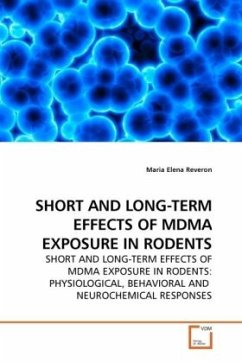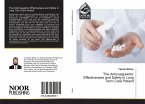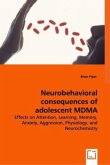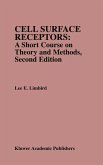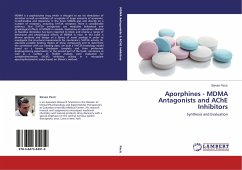3,4-methylenedioxymethamphetamine (MDMA) is a popular abused amphetamine among young adults. The possibility that MDMA intake may be neurotoxic in humans led to a wealth of studies that demonstrated large doses of MDMA cause damage to serononin (5-HT) nerve terminals in rats and non-human primates. However, the exact mechanism of MDMA induced neurotoxicity in animals is unknown. The neurochemical and thermal changes associated with experimenter-delivered repetitive doses of MDMA in mice of two different age groups were investigated.The data suggest older mice are more sensitive to the toxic effects of MDMA and that hyperthermia might contribute to MDMA neurotoxicity.Few studies have examined MDMA effects using drug self-administration procedures. MDMA-stimulated lever responses, locomotor activity, thermal effects, in vivo changes in nucleus accumbens (NAcc) DA and 5-HT levels and post-mortem tissue content of DA, and 5-HT were determined after various periods of MDMA abstinence in MDMA-naïve animals, and those selfadministering over 20 daily sessions. In general, experience- dependent changes in MDMA were observed in all assessed measurements.
Bitte wählen Sie Ihr Anliegen aus.
Rechnungen
Retourenschein anfordern
Bestellstatus
Storno

